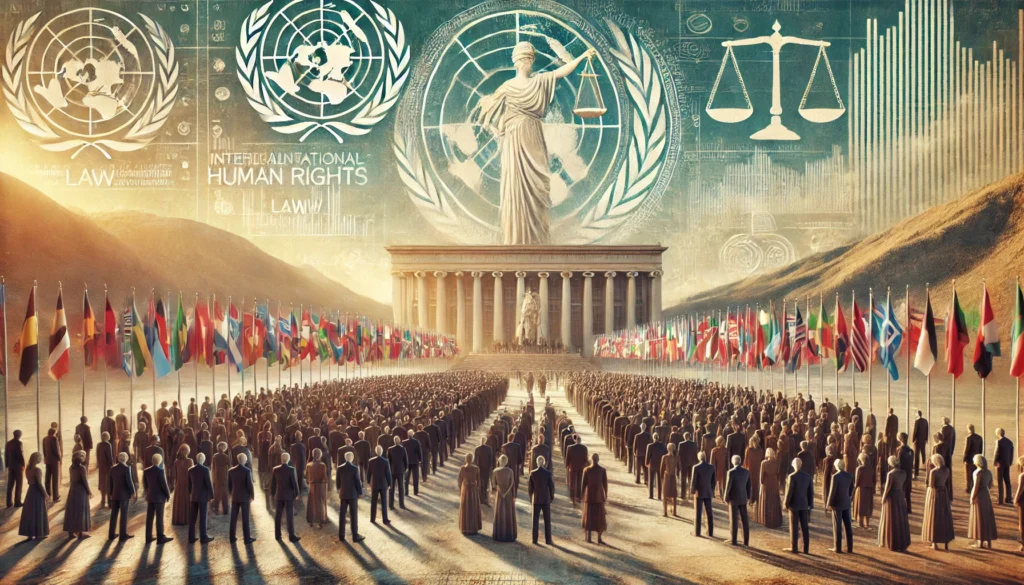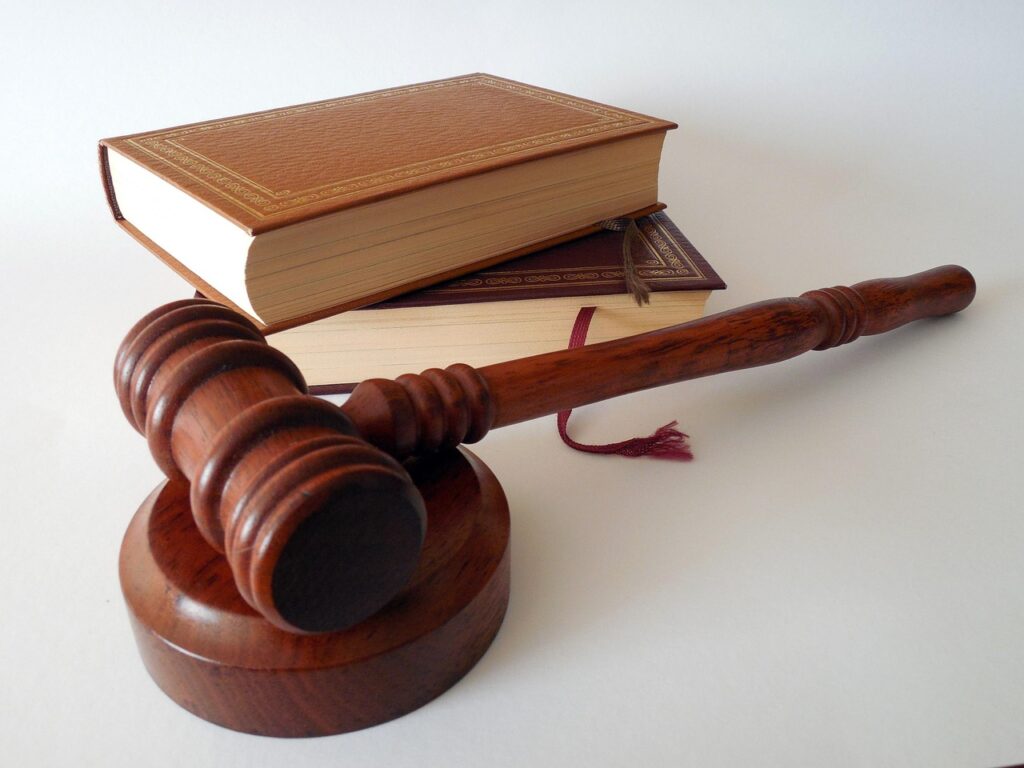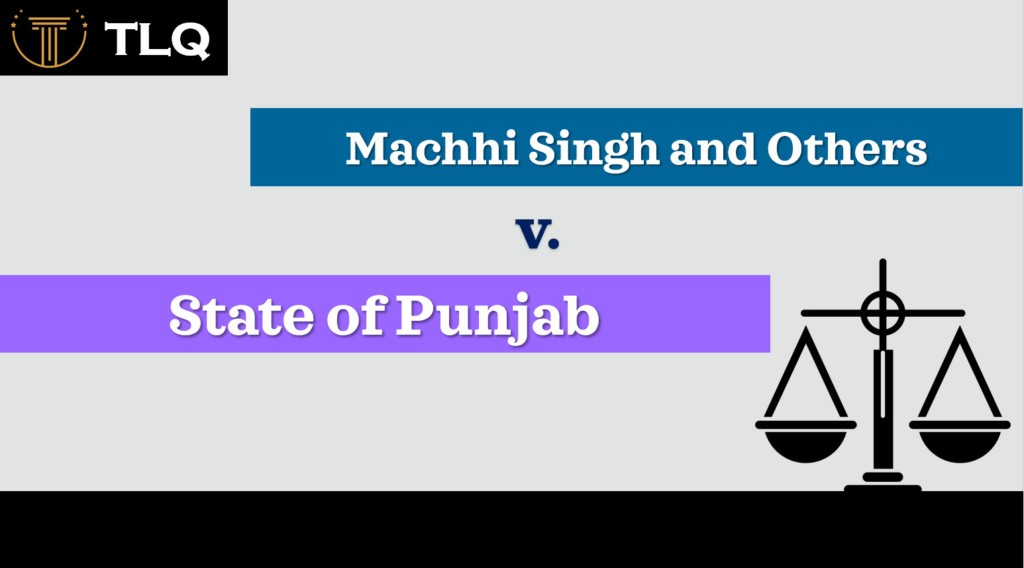Published on: 14th October 2025
Authored by: Dhruvi Vyas
GLS (Faculty of Law)
Court: Supreme Court of India
Bench: Dipak Mishra (CJI), R.F. Nariman, A.M. Khanwilkar, D.Y. Chandrachud, Indu Malhotra
Date of Judgment: 28th September 2018
Relevant Provisions/ Statutes:
- Article 14 – Right to Equality
- Article 15 (1), (2) – Prohibition of discrimination on the grounds of sex • Article 17 – Abolition of untouchability
- Article 25 (1) – Freedom of conscience and free profession, practice, and propagation of religion
- Article 21 – Protection of life and liberty
- Article 26 – Freedom to manage religious affairs
- Kerala Hindu Places of Public Worship (Authorisation of Entry) Act, 1965
Brief Facts of the Case:
This case was one of the landmark cases in Indian History. Sabarimala Temple which is situated in Kerala is dedicated to Lord Ayyappa who is considered a perpetual celebate embodying naishtika brahmacharya ideals deeply revered statewide. The Temple authorities traditionally upheld a rigid custom barring entry of women aged 10-50 roughly corresponding with menstruating age generally. Presence of reproductive-aged women would desecrate deity’s celibate nature and badly disturb sanctity of that revered ancient temple precincts. This custom wasn’t originally codified in temple traditions but gained strength through Rule 3(b) of Kerala Hindu Places of Public Worship Rules 1965. Women within a certain age bracket were explicitly barred from entering temple premises according to this stringent rule.
Indian Young Lawyers Association filed Public Interest Litigation before Supreme Court of India in 2006 arguing restriction on women’s entry was patently arbitrary and discriminatory violating fundamental rights under Article 14 and Article 15 alongside Article 17 and Article 25. Travancore Devaswom Board managing temple affairs staunchly defended practice vehemently arguing it constituted essential religious practice protected under Article 26 granting every denomination autonomy.
Such controversy sparked a vehement constitutional discussion on whether sacred traditions can supersede basic human rights like gender parity and dignity in public worship spaces. A five-judge Constitution Bench was subsequently referred the case for thoroughly examining custom validity and its constitutional compatibility.
Issues:
- Does excluding women aged 10–50 years from Sabarimala temple entry contravene certain constitutional provisions namely Articles 14 15 and 17 of India’s Constitution? 2. Whether custom of excluding women constitutes ‘essential religious practice’ protected under Article 25 of Constitution is debatable somehow?
- Does Sabarimala temple qualify as religious denomination under Article 26 of Constitution and have autonomy in managing its internal affairs?
- Whether Rule 3(b) of Kerala Hindu Places of Public Worship (Authorisation of Entry) Rules 1965 contravenes its parent Act and infringes basic rights.
- Whether restriction on women’s entry violates their fundamental right to dignity and liberty remains questionable under Article 21 of Constitution.
- Should constitutional morality supersede deeply ingrained religious customs and practices in a supposedly secular democracy like ours anyway somehow.
Arguments:
Petitioner’s Arguments:
Petitioners challenged ban on entry of women aged 10-50 years into Sabarimala temple as violative of fundamental rights guaranteed under Constitution. They contended practice was discriminatory solely on basis of sex violating Articles 14 15 and 17 regarding equality abolition of untouchability. They contended that exclusion was based merely on menstruation a biological condition largely irrelevant to a person’s fundamental right to worship. Petitioners further contended this practice couldn’t be considered essential religious practice under Article 25 lacking any scriptural or specific theological mandate. Restriction stemmed largely from deeply ingrained patriarchal customs rather than outright religious necessity or dogmatic fervor. Petitioners asserted that Sabarimala temple doesn’t constitute a separate religious
denomination under Article 26 of Constitution therefore cannot claim rights. They challenged Rule 3(b) of Kerala Hindu Places of Public Worship (Authorisation of Entry) Rules 1965 which permitted exclusion being ultra vires parent Act and unconstitutional. They stressed that constitutional morality should prevail over religious customs violating basic human rights and dignity especially in a secular democratic society.
Respondent’s Arguments:
Respondents staunchly defended centuries-old custom as constitutionally protected religious practice claiming restriction on menstruating women was rooted in Lord Ayyappa’s unique celibate nature as Naishtika Brahmachari. Women of reproductive age entering temple grounds would purportedly desecrate sanctity and spiritual rigor carefully cultivated within its hallowed precincts. They argued vehemently that such practice constitutes an essential part of religious ritual under Article 25 and remains shielded from governmental intrusion. Followers of temple allegedly constituted distinct religious denomination thereby enjoying autonomy under Article 26(b) managing own affairs in religious matters freely. Respondents maintained Rule 3(b) of 1965 Rules was validly framed under Kerala Act and merely codified practice deeply rooted in temple traditions already. They cautioned secular courts against evaluating essential parts of religious faith arguing such interference would gravely violate freedom quite severely. Restriction wasn’t about discrimination but rather a deeply revered religious discipline observed out of deference for deity’s solemn vow of celibacy.
Judgment:
The HON’BLE Supreme Court, by a 4:1 majority held that banning entry of women between ages 10 and 50 into Sabarimala temple was patently unconstitutional. Court ruled practice contravened Articles 14 15 17 and 25(1) essentially and it wasn’t deemed an indispensable facet of religious observance somehow. It struck down Rule 3(b) of 1965 Rules as discriminatory pretty swiftly amidst growing controversy surrounding such archaic legislation. Constitutional morality and gender equality must prevail over outdated exclusionary religious customs vigorously upheld by reactionary social groups everywhere. Justice Indu Malhotra strongly dissented holding that matter involved deeply personal religious faith and courts shouldn’t interfere with essential religious practices.
Ratio Decidendi:
Exclusion of women based on biological factors isn’t essential religious practice and violates fundamental rights under Articles 14 15 17 and 25. Constitutional morality trumps religious freedom quite often and customs steeped in discriminatory practices cannot override equality guaranteed by Constitution.
Final Decision:
Supreme Court lifts ban on women of various ages entering Sabarimala temple declaring exclusion custom unconstitutional effectively now. Court struck down 1965 Rules’ Rule 3(b) and essentially held women possess an equal right somewhat freely to worship. Practice was deemed violative of fundamental rights and temple authorities were directed open doors to female devotees of all ages.




